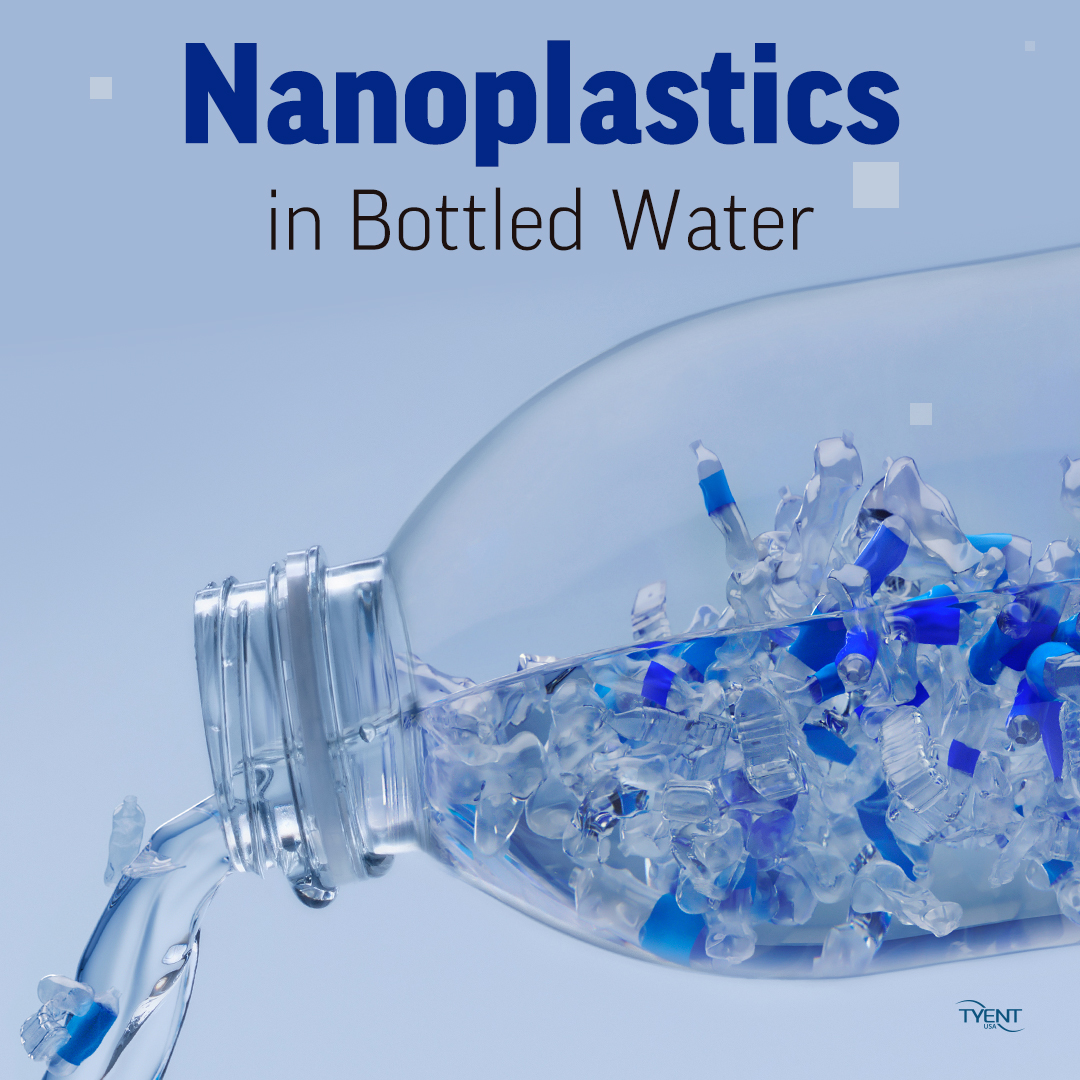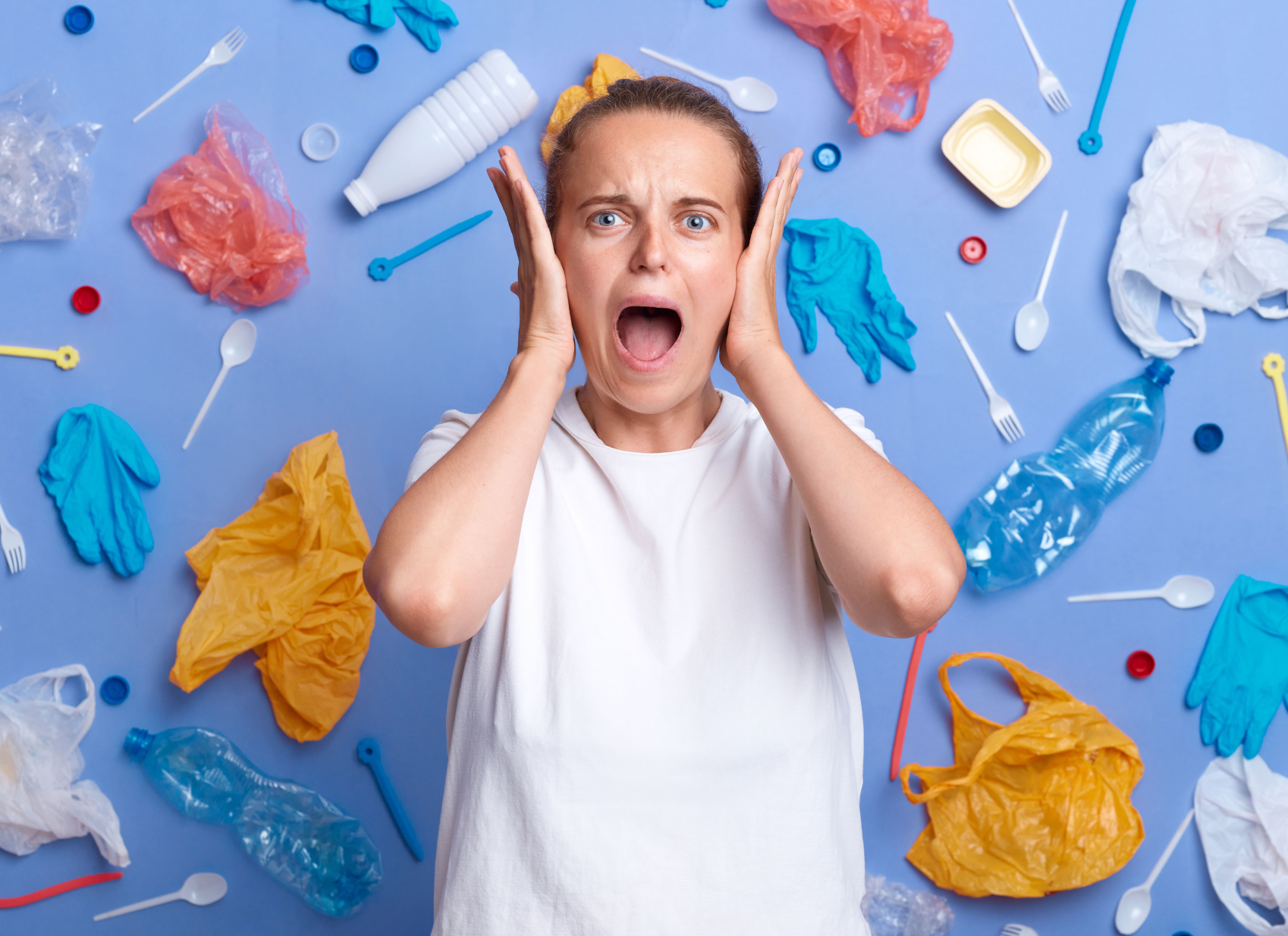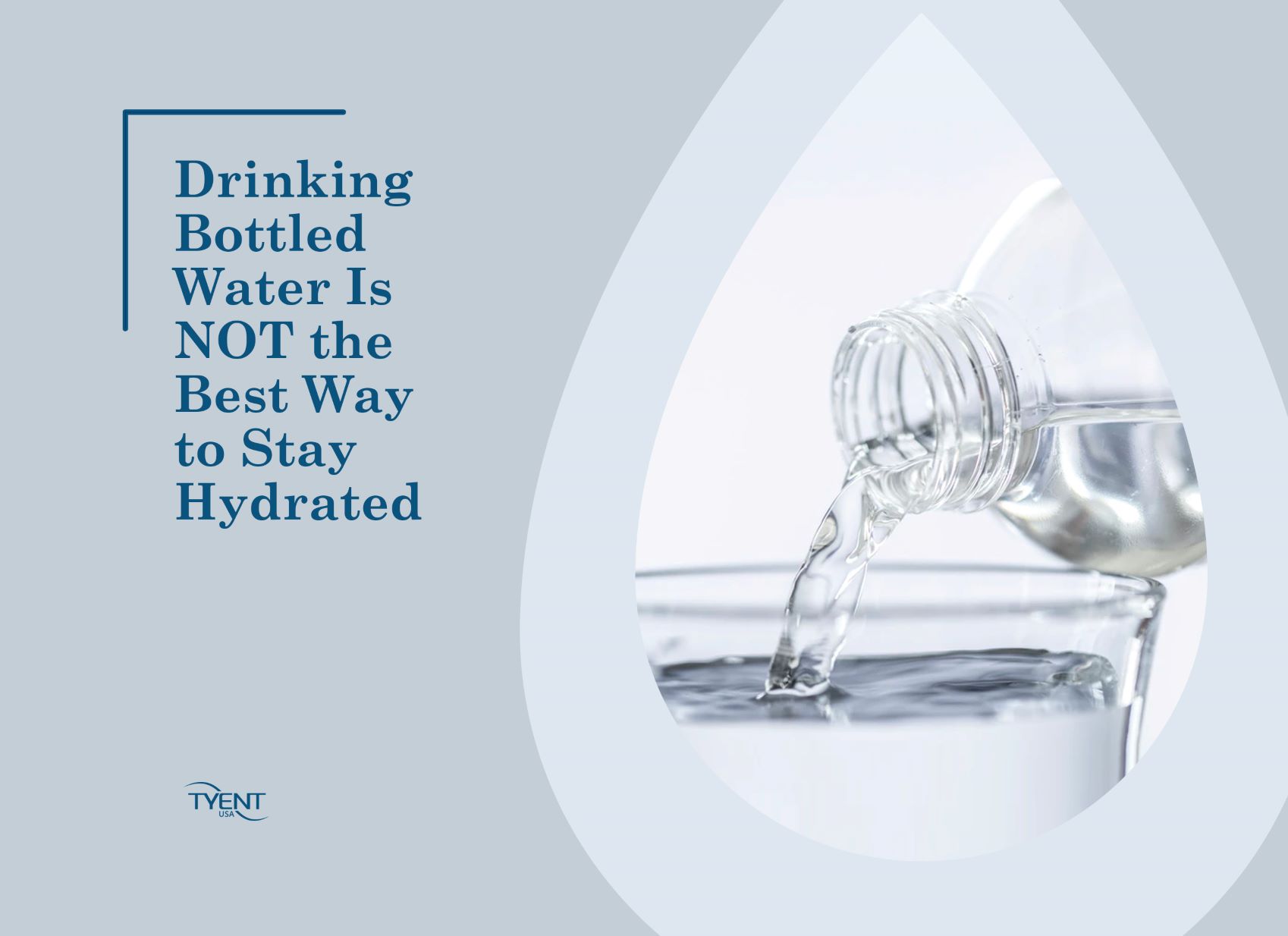If you drink bottled water, then you’re gulping down thousands of microplastic particles every single day, and that’s not even the worst of it.
Last week, scientists working on the implications of plastic pollution at the nano level published a paper that has sent shockwaves through the medical establishment and raises key questions about the true safety of bottled water.

Shocking Statistics: What Your Bottled Water REALLY Contains
The report concluded that an average liter of bottled water contains 240,000 particles of nanoplastics – particles that measure less than one micrometer, or less than one-seventieth of the width of a strand of human hair.
If you drink the recommended quantity of water – around 2.5 liters for an adult – and that water is from a plastic bottle, that means you will be consuming 600,000 particles of nanoplastics every single day. Over one year, that means that you are drinking in a brain-frazzling twenty-one million, nine hundred thousand nanoplastic particles every year, just from bottled water.
Reduce Plastic Contamination Wherever Possible
Now, microplastics are everywhere. Literally everywhere, from the bottom of the ocean to the ice in Antarctica, from the human placenta to the soil in your garden. We cannot escape microplastics, which makes it even more vital to reduce the number of micro and nanoplastic particles we imbibe wherever we can.
At the very least, while scientists are racing against the clock to identify the myriad impacts microplastics will have on human health, it is profoundly important to avoid consuming them on a mass scale in your drinking water.
Nanoplastics Inside Your Body
Scientists are making warning sounds about the dangers of nanoplastics with good reason: these particles are small enough to cross the blood/brain barrier and find their way into your blood, organs and brain.
“Whatever microplastic is doing to human health, I will say nanoplastics are going to be more dangerous.”
Wei Min, Professor of Chemistry, Columbia University
How Do Nanoplastics Get into Bottled Water?
Why are there more microplastics and nanoplastics in bottled water than in regular tap water? One plausible theory is the presence of two things: PET (polyethylene terephthalate) particles, the substance that most plastic water bottles are made of; and polyamide, a component part of many types of water filters.
The researchers behind the paper suggest that the process of producing plastic bottles and filtering water to go into the bottles is resulting in these astonishingly high levels of contamination.
Protect Your Health: Quit Bottled Water Today
What can you do? The fix is an obvious one. If you or your loved ones buy and drink bottled water, then stop. By quitting bottled water, you will instantly reduce the number of microplastic and nanoplastic particles in your body.
Hydrate Safely with a Tyent Water Ionizer
The alternative to drinking bottled water is a Tyent Water Ionizer. Our filters are second to none, safely reducing and removing up to 200 contaminants, and transforming your regular tap water into delicious, antioxidant-rich alkaline water.
Our clean water experts can help you find the perfect water ionizer for you and your loved ones. Call up the team and take the worry out of drinking water!









